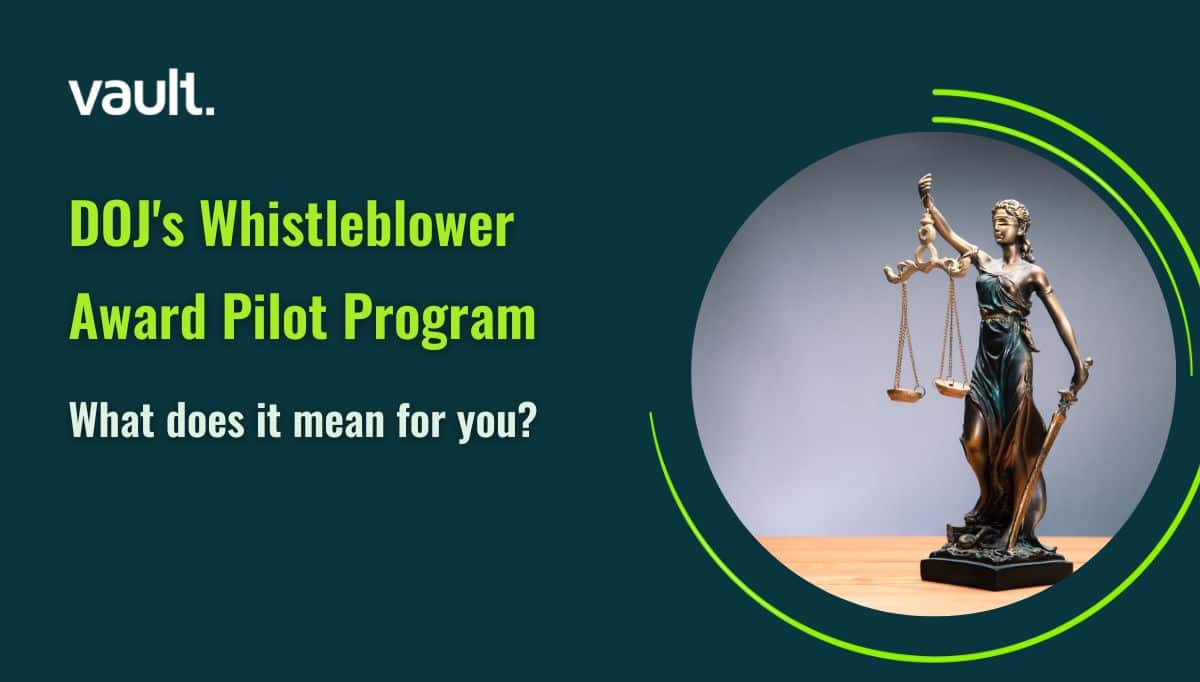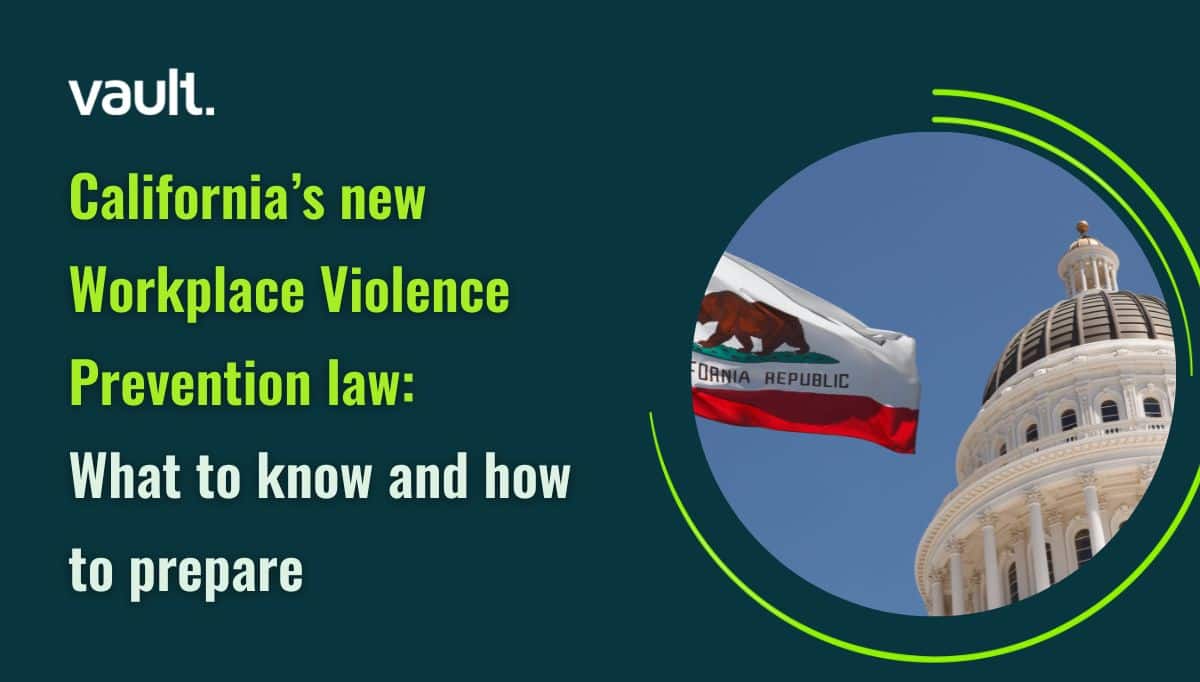Recently I performed a simple experiment, one that you can easily replicate. I Googled: “harassment reporting at work”.
The results in the ‘People also ask’ box a few inches down the page are very telling. Here are a few extracts;
- Can you get fired for reporting harassment?
- What are the rights of a whistleblower?
- Can you be fired for being a whistleblower?
- Can you be prosecuted for not challenging bullying and harassment in the workplace?
The clear sentiment here is that employees are scared and unsure when it comes to reporting workplace harassment. For those of us with professional insight into HR or workplace misconduct processes, the concern that someone might lose their job for reporting harassment seems absurd. But is it really?
We’ve all heard or read the media horror stories about people being ousted for reporting misconduct. Now consider that at this moment in time you might be in a vulnerable state.
Imagine someone at work has just done something terrible to you, something that makes you feel humiliated, or insulted, or angry. Then let’s say you muster the courage to say something, to Speak Up – you’re not challenging an executive decision or a company strategy, you’re challenging the behavior of a specific person, you’re making an allegation against someone that they may well refute.
That’s a big ask, so you’d hope the process supports you.
The first question is: What is the process? Do you even know about it?
A slight modification of the search terms above unearths many questions from employees about how to go about reporting misconduct. This suggests that it’s not unusual for people to be in the dark about the process.
It’s good practice for organizations to run awareness campaigns to help employees to learn about, recognize and know what to do about workplace harassment and bullying at work. But it’s not something that all organizations do.
A good awareness campaign should also emphasize the process itself – how HR or the relevant party would handle an incident. The idea here is to let employees know that workplace harassment, bullying and all forms of misconduct are serious issues and treated as such. Educate them that HR is not spying on them but the tools and processes are in place to give employees the opportunity to share their concerns.
Secondly, is the process human?
So, you have established that a reporting process does indeed exist. Next, you pick up the phone and you call a number to speak with a complete stranger. This may seem absurd in itself but this is the typical tool that’s been used by organizations for years. The problem is that it’s not effective.
Many organizations will require anyone with a grievance to send an email to a generic mailbox, which will return an automated message with a reference and a telephone number to call. This ‘hotline’ will allow you to make an anonymous report to a human in a call center somewhere – someone who works for the hotline operator, not your company, and probably doesn’t know anything about your company.
It’s a legacy approach and it feels impersonal and alienating. Degrading even. Can you trust a stranger in a call center in a moment when you’re feeling vulnerable and even afraid for your career?
Finally, what happens during and after the process?
This follows very closely the previous point. One of the key challenges with anonymous hotlines is that once the report has been filed it disappears from the employee’s radar. It’s like shouting into a black hole. You assume that once the report has been made, things start happening behind the scenes. But you don’t know that. So not maintaining communication once an employee has filed a report can make them feel like there’s no point in their efforts. The same is true for other reporting processes that are not employee-driven.
Interestingly, research was done by the National Business Ethics Survey of Fortune 500 Companies on the channels used by the small number of people that do go ahead and report misconduct.
- 60% reported to a supervisor
- 21% reported to executive management
- Only 11% reported to a hotline
This demonstrates that while the hotline is often pitched as the process of choice and the one actioned by the employee it’s also the least used method, which means organizations relying on this modality for data are woefully underestimating the size of the problem. The other clear challenge is that reporting an incident to a superior then makes it incumbent on that person to action the complaint. How many of these reports either go no further or are dealt with in an unofficial and undocumented capacity?
Best practice suggests that there are clear and ongoing communications between the reporter and the case manager about what to expect from the organization and what the organization will do with regard to process. This will help employees walk away from the incident feeling like the process was handled fairly regardless of whether they agree with the outcome and is something very difficult to achieve with the ‘fire and forget’ nature of a hotline.
Any organization that wants to nurture an environment where employees feel psychologically and physically safe, must build foundations on internal trust. If a culture doesn’t support or encourage speaking up by raising awareness of the available tools and explaining the end-to-end process, call centers and poorly documented methodologies are merely paying lip service to a solution, and your people will see right through that.




